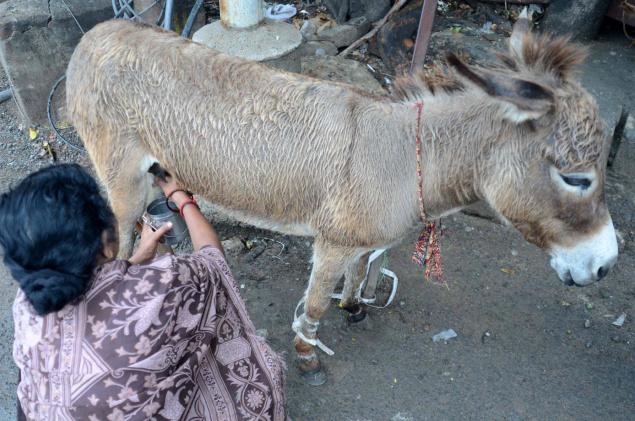- UN agency urges greater access to non-traditional dairy products

Milk and dairy products from underutilized animals such as llama, donkey or yak should be more widely used to counteract high cow milk prices, the United Nations food agency said Tuesday.
It further urged governments to invest in programmes that help poor families keep small dairy livestock.
“There is huge scope for developing other dairy species,” UN Food and Agriculture Organisation (FAO) livestock industry officer, Anthony Bennett, said, highlighting the nutritional and economic resources of these animals.
In Milk and Dairy Products in Human Nutrition, a book co-authored by Bennett, the FAO reported that non-traditional sources of dairy, alongside other species that are already used for milk like buffalo, goat and sheep, can improve nutrition among the most vulnerable groups.
Although the term “milk” has become almost synonymous with cow milk, milk from many other species is consumed in different parts of the world. The book covers the milk composition of other major dairy species such as buffalo, goat and sheep, and species that are currently underutilized in dairy production such as alpaca, camel and mithun.
In addition to being very high in fat and protein, dairy products from animals such as reindeer or moose may be suitable for the 2 to 6 per cent of the population allergic to cow milk.
Dairy consumption in developing countries is expected to grow by 25 per cent by 2025 as a result of population growth and rising incomes, according to figures cited in the publication, but will likely still be too expensive for most households that subsist on starch or cereal-based diets.
“Governments need to address the issue by making nutrition a specific objective in dairy sector development and by investing in programmes that help poor families keep small dairy livestock,” the UN agency said.
Currently about 150 million households — some 750 million people — are engaged in milk production around the world, the majority of whom are in developing countries.
“A major challenge is for governments to develop inclusive policies and encourage investment from the private sector that helps these small-scale farmers take advantage of the escalating demand for milk and dairy in developing countries to improve their livelihoods,” Bennett said.
The book also calls for new collaborative initiatives to address the environmental effects of the dairy sector, which accounts for some four per cent of all human-caused greenhouse gas emissions in addition to increasing pressure on land and water resources.
“Producing, processing and distributing milk and dairy products, like other foods, does affect the planet, and ongoing efforts are required to reduce greenhouse gas emissions generated by the sector,” Bennett said.
(UN News)





